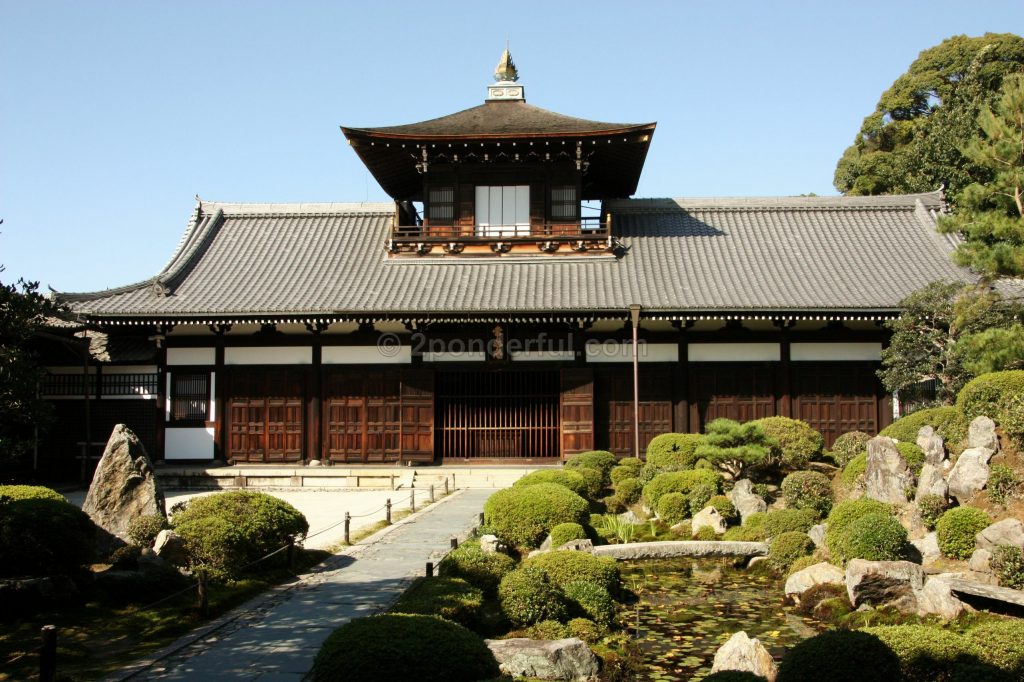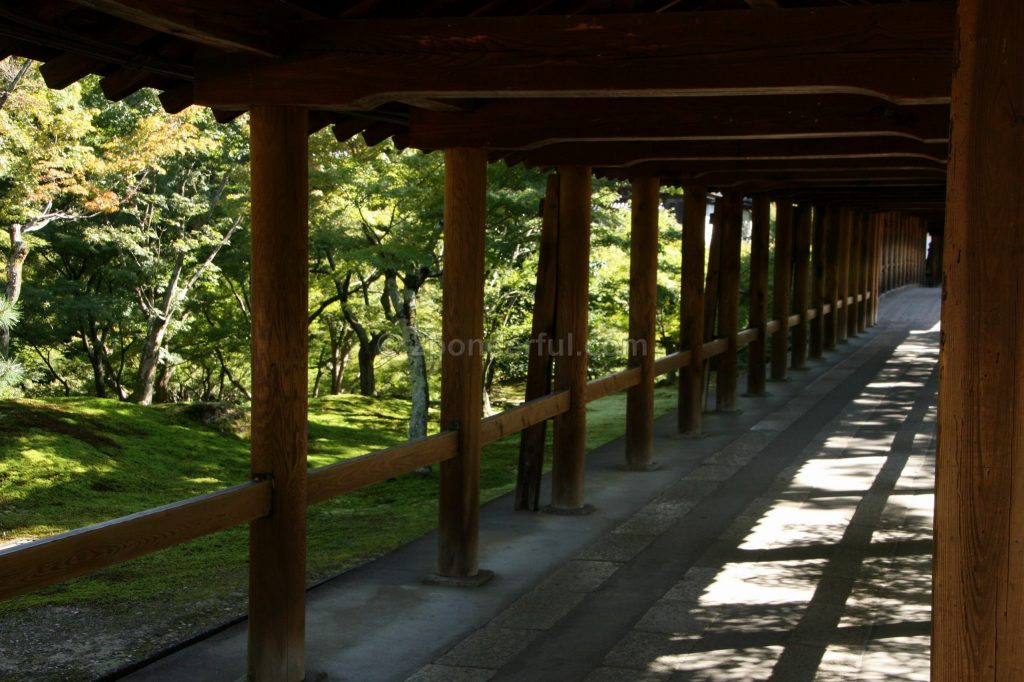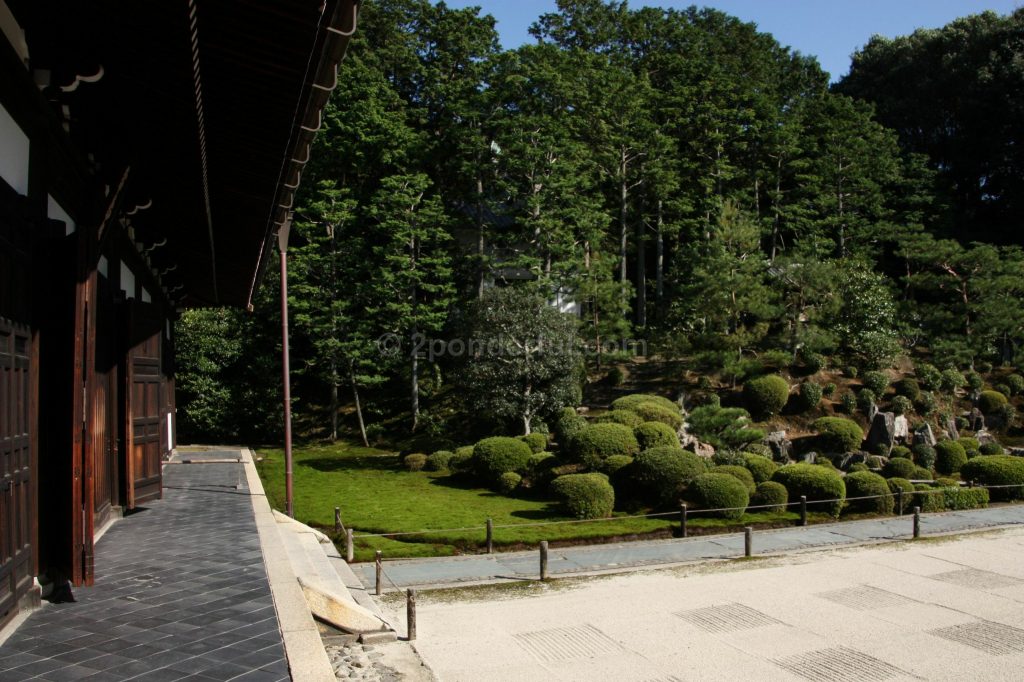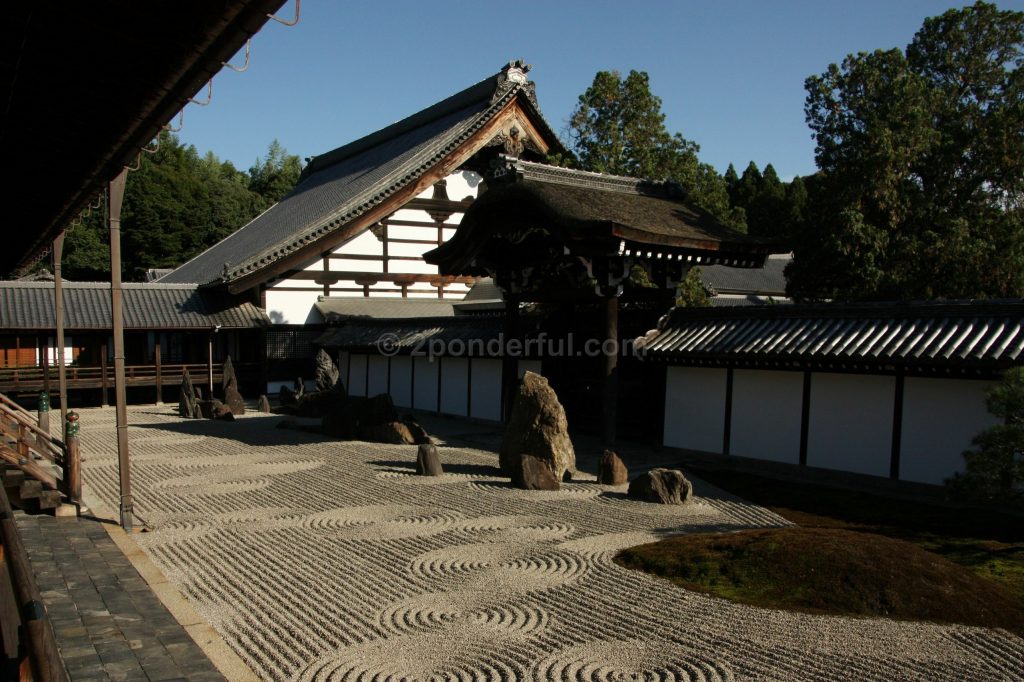In 2014 and 2015, Kyoto was named the best city in the world by the 4.8 million readers of New York based magazine Travel + Leisure. This year, it has dropped to sixth place with Charleston, South Carolina the usurper. What should one do: rush off and book a heritage tour of Charleston or reflect and address some of reasons for Kyoto losing the top stop?
In a sense, Kyoto has been a victim of its own success. Less than five million foreign tourists visited Japan in 2000 and almost 20 million visited in 2015. Some tourists have struggled to find Kyoto accommodation at peak times, others have encountered unacceptably low levels of English at Kansai International (!) Airport or have not been able to smoothly communicate with hotel staff. Some local residents have been unwelcoming: occasionally showing their resentment that their favoured cherry blossom or fall colour viewing spot has become “overrun with foreigners.”
However, the main gripe that foreign tourists had was the crowds. Place becomes popular + more people become interested = tourist numbers increase. This is a given. However, most of the tourist spots in Kyoto are temples. People visit a temple expecting to encounter tranquility and emerge refreshed. Jostling crowds, a sea of selfie sticks together with the heat in the temperate months do not create the peaceful, meaningful experience that a lot of people were hoping for.
Is it possible to find something very impressive in the Kyoto area without the crowds? Of course it is, but you may have to cross the “big attractions” from your itinerary. Or, at least visit them expecting and accepting the crowds, and then turn your attention elsewhere.
Surprisingly enough, some of the very famous sites are dead outside of the “prescribed” time to visit. A case in point is Tofukuji. I visited in September. “Why?” asked a Japanese friend. “You should go in November. That is when the red leaves are beautiful”. Yes, and that is when the place becomes jam-packed! It was pleasantly empty in September as it was the wrong time to visit!
Tofuku-ji Temple (東福寺)


Tofukuji covers a wide area and contains two main gardens. Some of the current buildings date from the fifteenth century and the Sanmon Gate is the oldest zen main gate in Japan.
Encircling the Hojo building, the Honbu gardens were created in 1939. They merge zen concepts with modern art. Walking barefoot on the wooden balcony reveals four different and distinct sights: a rock garden, a dry stone garden, a moss garden and a garden representing the Great Bear constellation.


Impressive as that was, my favourite garden was at Kaisando Hall: raked gravel which contrasts perfectly with the greenery surrounding the pond area.
Another bonus: the wooden bridge which is the place from which to take photos in season becomes a photogenic sight itself in the off-season.
Address : 15 Chome-778 Honmachi, Higashiyama Ward, Kyoto, 605-0981
Access : 10-minute walk from Tofukuji station on the Keihan line. Use the map at the station to get your bearings.
Admission : Main grounds: free. Wooden bridge and Kaisdano Hall 400 yen. Honbu gardens 400 yen.